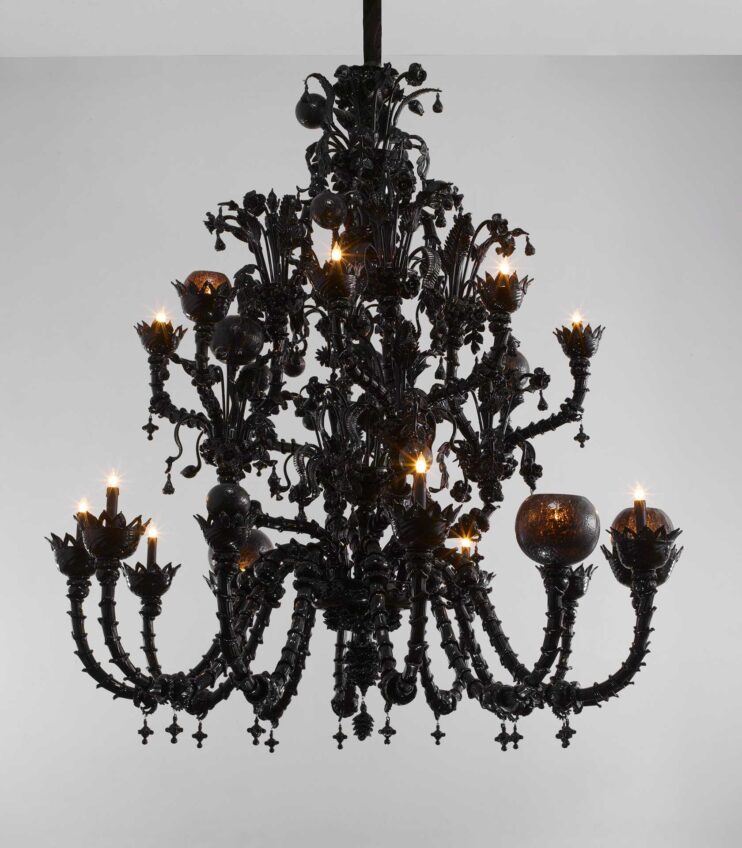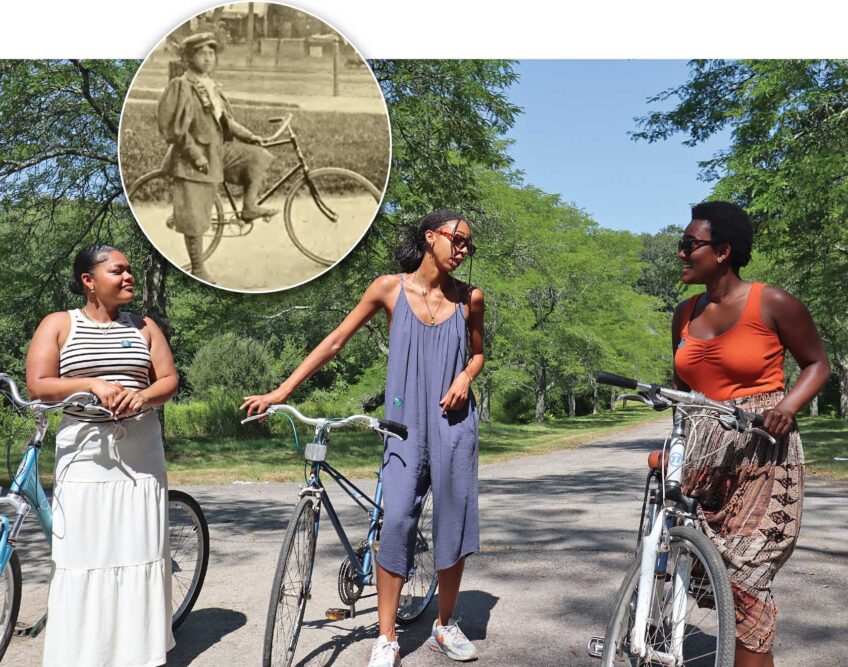
Warming late autumn with musical heat, Rockport Music is presenting ten-time Grammy Award winner Eddie Palmieri & his Latin Jazz Band on Saturday at Rockport’s Shalin Liu Performance Center, a concert hall overlooking the sea.
World-renowned bandleader and pianist Palmieri, 77, is as ardent talking about his music as he is when playing it. And that’s saying a lot, because in his hands a piano keyboard becomes a driving percussive force.
“I’m a frustrated percussionist, so I take it out on the piano,” says Palmieri, on the phone from New York.
Born in Harlem into an extended family from Puerto Rico and raised in the Bronx, Palmieri began piano studies at an early age, as did his older brother, celebrated pianist Charlie Palmieri.
Leading one of the most actively touring Latin Jazz orchestras for more than 50 years, Palmieri has pioneered a boundary-crossing, irresistible amalgam of jazz and Afro-Cuban musical traditions that is engineered to thrill audiences and propel them across a dance floor.
Speaking of the Afro-Cuban underpinnings of his distinctive sound, Palmieri says, “To put it in a nutshell, these are the most exciting and most complicated rhythmic patterns in the world. African captives arrived in the Caribbean. Taken from their own country and turned into slaves, they suffered; but mingling African and Spanish musical traditions, they put the world to dance with their drums.”
At the root of Afro-Cuban rhythms is the five-beat clave pattern, which originated in sub-Saharan African music.
When Palmieri was coming up, the best Cuban and Puerto Rican players were performing at the Palladium Ballroom, on Broadway at 53rd Street. Jazz luminaries such as Dizzy Gillespie, Charlie Parker, Max Roach and McCoy Tyner dropped by between sets at Birdland, a block away, and absorbed the Afro-Cuban beat.
Drawing dancers who were as renowned as the bands, the Palladium hosted such iconic ensembles as the Machito Orchestra, the Tito Puente Orchestra, and Tito Rodríguez Orchestra. Eddie and Charlie Palmieri soon joined the bands whose music had poured out of neighborhood windows when they were boys playing stickball.
“We were playing in the greatest dance ballroom in the world,” says Palmieri. “In the ’50s, the word ‘mambo’ took over the whole planet. All over the world, people were dancing the mambo, cha-cha-cha and other rhythmic patterns that came out of Cuba.
“Mambo shows on Wednesdays drew people like Marlon Brando and Kim Novak. It started with an amateur couple and then you had the professional dancers too like Augie and Margo — a tremendous dance team, the Mambo Aces, the Mambo Taps, it just went on and on.”
At the Palladium, Palmieri performed with percussionist Manny Oquendo and trombonist Barry Rogers, both powerhouses steeped in Cuban musical traditions. “Manny Oquendo showed me world of dance music coming out of Cuba,” says Palmieri. “I’ve studied it all my life. First, I learned it intuitively and then as a science.”
Rogers broadened Palmieri’s exposure to musicians of the African-American diaspora, including Otis Redding, Miles Davis, John Coltrane and Thelonius Monk.
In 1961, Palmieri formed Conjunto La Perfecta with Oquendo and Rogers. He modeled the band on a Cuban charanga dance ensemble, but replaced strings, a traditional component, with trombones, for added excitement.
“We stylized and modernized Cuban structures with the harmonic structures of jazz,” says Palmieri. “You put them together, and it’s going to be something quite exciting and quite unique.”
The Afro-Cuban and jazz concoction inspired dancers to improvisational highs that matched the soaring feats of the musicians. Yet both dancers and musicians were always grounded in the clave groove, its five-beat pattern sustaining the swinging momentum.
“At the Palladium, if you weren’t appreciated by the dancers, you never came back again,” says Palmieri. “We played there for three years, until it closed.”
Singer and guitarist Bob Bianco introduced Palmieri to the Schillinger System of Musical Composition, invented by Ukrainian-American musician and mathematician Joseph Schillinger to liberate composers from the confines of tradition. In 1945, after Schillinger’s death, pianist and MIT graduate Lawrence Berk founded the Schillinger House of Music to teach the system. It later became Berklee College of Music.
Bianco also stirred Palmieri’s interest in philosophy. Recalling a few of Bianco’s precepts, Palmieri says, “My teacher would tell me, he who knows not and thinks he knows is a muddle head. He who knows and knows that he knows has wisdom.”
Speaking of his wife, Iraida Palmieri, who died in May, Palmieri says, “She was a super, brilliant and beautiful woman and I miss her dearly.”
Palmieri is recording an album dedicated to her, entitled “Sabiduria” (“Wisdom”).
“If there’s one iota of wisdom that I have,” says Palmieri, “it’s that if I don’t excite you with my music, I know it. To put people to dance — that is the essence of my life.”






